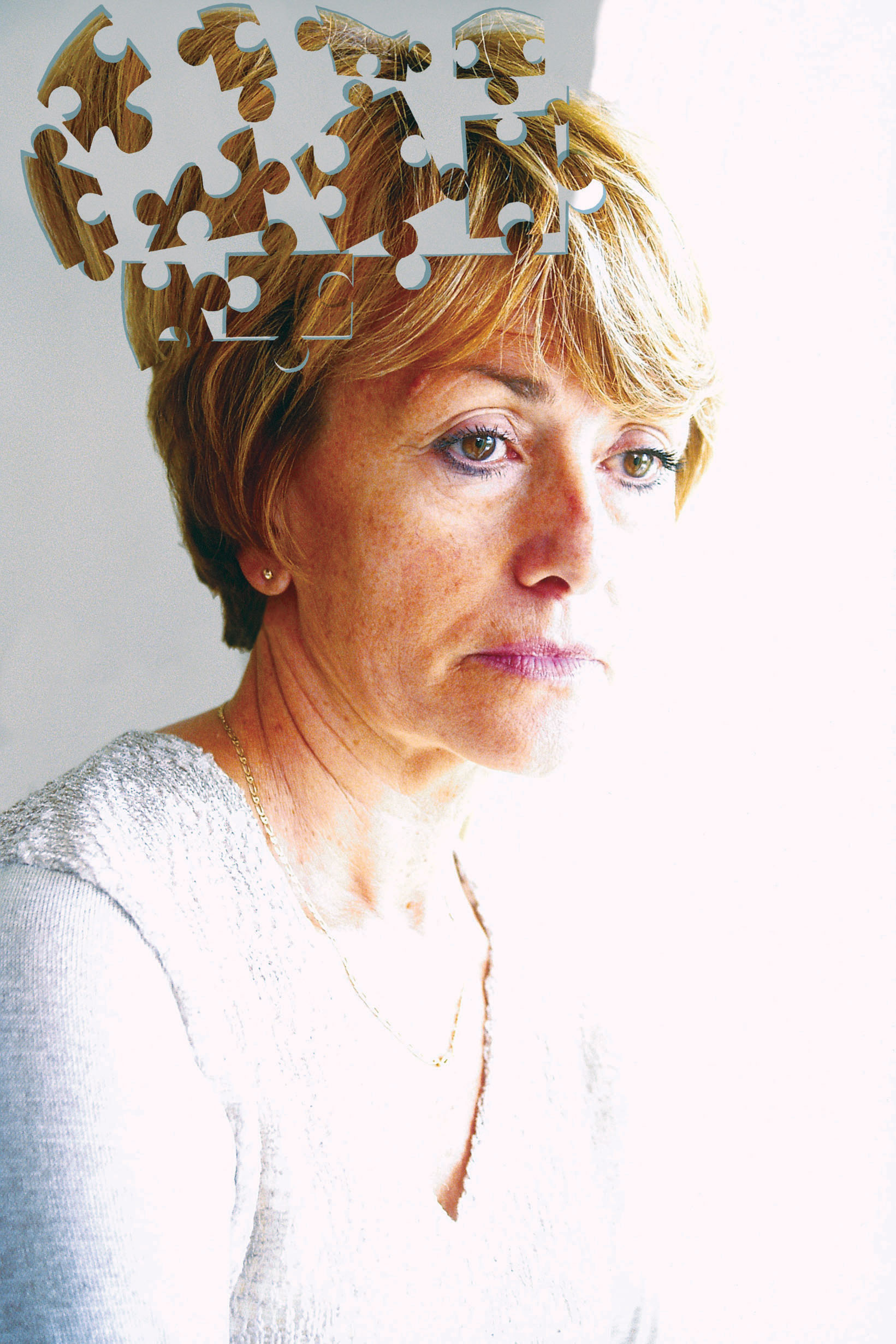Neurocognitive Disorders
476

477
CHAPTER OUTLINE
Normal Versus Abnormal Aging and Cognitive Functioning
Cognitive Functioning in Normal Aging
Psychological Disorders and Cognition
Medical Factors That Can Affect Cognition
Delirium
What Is Delirium?
Understanding Delirium: A Side Effect?
Treating Delirium: Rectify the Cause
Dementia (and Mild Versus Major Neurocognitive Disorders)
What Is Dementia?
Understanding Dementia
Treating Dementia
Diagnosing Mrs. B.’s Problems
Mrs. B. was an 87-year-old woman at the time that she was referred for neuropsychological testing. Mrs. B. wasn’t always able to get to the toilet in time to urinate, her hearing and vision weren’t as good as they had been and, because of an inner-ear problem, she sometimes lost her balance and fell. A neuropsychologist was asked to determine the nature of Mrs. B.’s problems—specifically the extent to which a neurocognitive disorder might account for at least some of her difficulties. The neuropsychologist noted that Mrs. B.:
had moved from another state several months earlier at the urging of her daughter, who had been receiving reports from neighbors and relatives that she was unable to care for herself or her home and was increasingly suspicious and argumentative. Her first residence in her new community was…a nursing home, but it soon became apparent that she was functioning at a higher level than other residents and she moved to a small board-and-care home [a small residential facility for elders who need round-the-clock help with daily functioning and personal care]. With only a few persons in the home and a low resident-to-staff ratio, this seemed a good arrangement for an older person who needed an intermediate level of assistance. Mrs. B. apparently thought otherwise.
She often refused to admit staff to her room or to accept assistance with activities such as bathing, despite an unsteady gait and several recent falls. She had arguments with other residents that sometimes escalated into shouting matches. A private-duty companion was hired to assist her for several hours a day and to take her on excursions outside of the home. This was helping somewhat, but accusations and arguments continued at an unsettling rate. Mrs. B. sometimes seemed to forget plans that she had agreed to and was occasionally tearful and sad.
(La Rue & Watson, 1998, pp. 6, 10)
Neurocognitive disorders A category of psychological disorders in which the primary symptom is significantly reduced cognitive abilities, relative to a prior level of functioning; also referred to as cognitive disorders
What might account for Mrs. B.’s disruptive behavior and memory problems? One possibility is that she had a neurocognitive disorder. According to DSM-5, neurocognitive disorders are a category of psychological disorders in which the primary symptom is significantly reduced cognitive abilities relative to a prior level of functioning. These disorders are also referred to as cognitive disorders. Because such deficits reflect a reduction of a previous ability, they cannot be present at birth. (The neurodevelopmental disorders discussed in Chapter 14 involve deficits either since birth or at some point during childhood.)
478
Impaired cognitive abilities are not unique to neurocognitive disorders. Many of the disorders discussed in previous chapters involve a change in cognitive functioning: People who are depressed or anxious can have impaired attention, concentration, and memory; those with a psychotic disorder have impaired perception and judgment; and substance use disorder can lead to a wide variety of cognitive impairments (Balash et al., 2013). The cognitive changes associated with these other disorders, however, are secondary to the symptoms that characterize the disorders: depressed mood, anxiety and fear, psychotic symptoms, or behaviors related to substance abuse.

In contrast, with neurocognitive disorders, the changes in cognitive functioning—in mental processes—constitute the primary set of symptoms. Patients may (or may not) also have unusual behavior, mood, or mental contents. Usually, the undesired cognitive changes arise from a medical disease such as Parkinson’s disease, a medical condition such as a stroke, or the use of or withdrawal from a psychoactive substance (which may include exposure to a toxic substance).
Neurocognitive disorders are almost exclusively caused by neurological factors (hence their name), and thus this chapter does not contain any Feedback Loops sections or figures. Although psychosocial treatments may buffer or delay the ways that the disorders impair functioning or cause distress, they do not generally feed back to affect the neurological factors that lead to the disorder.
In most cases, these disorders afflict older adults rather than younger adults. So, part of the job of diagnosing these disorders is to distinguish their symptoms from changes that occur with normal aging. In what follows we first examine the changes in cognitive functioning that occur during the normal aging process, which will allow us to contrast these effects with those described in subsequent sections.